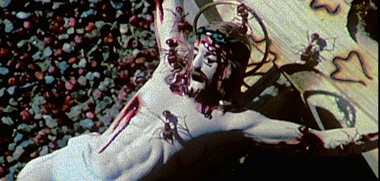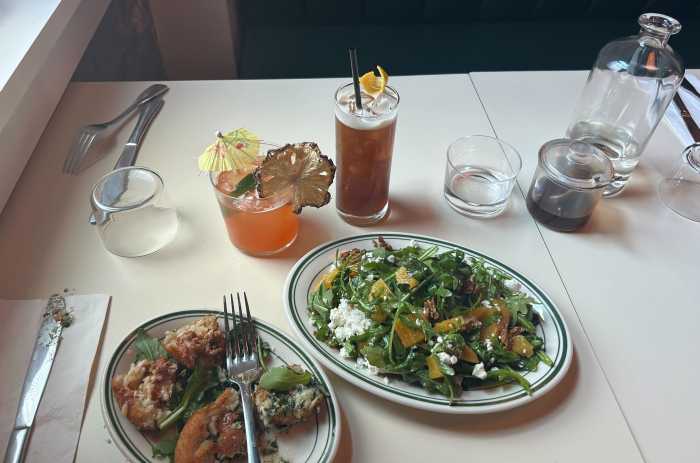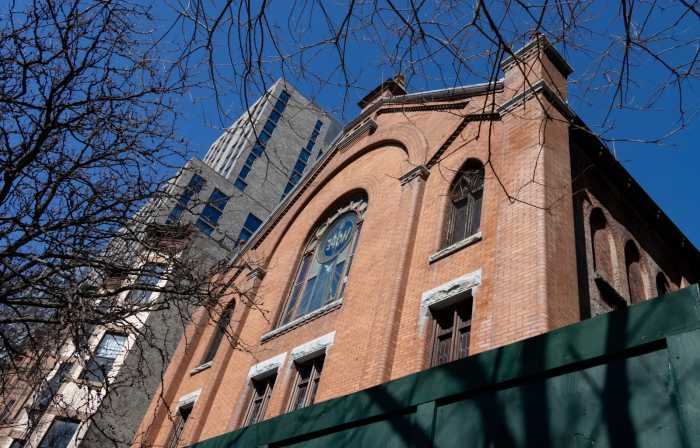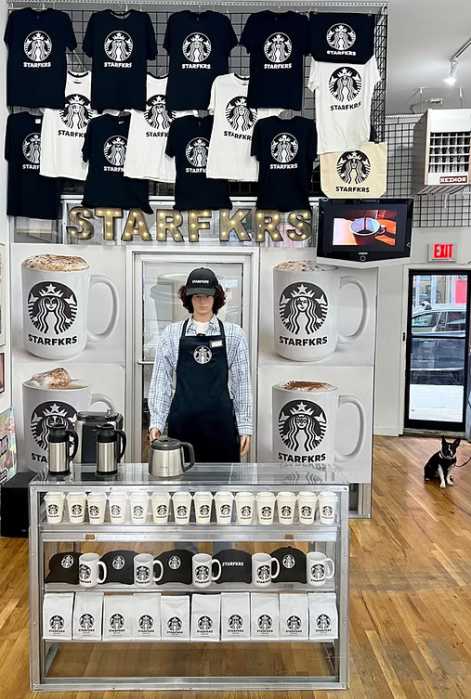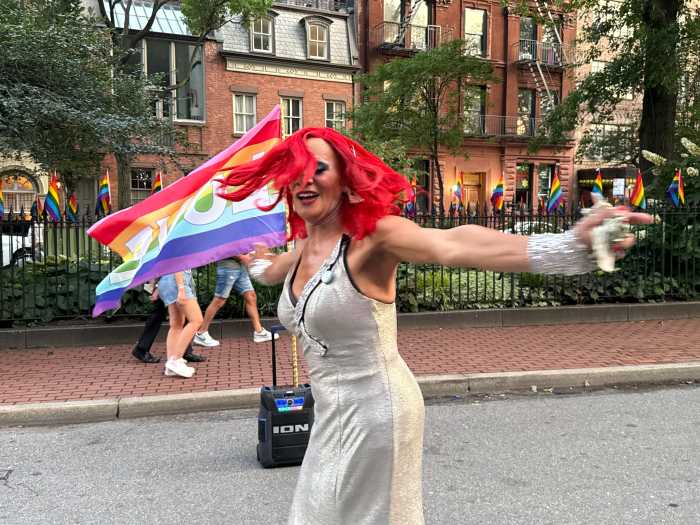Don’t hide from the Brooklyn Museum’s controversial new exhibit — seek it.
Despite what religious leaders and their political enablers will have you believe, the Museum’s latest show, “Hide/Seek: Difference and Desire in American Portraiture,” is a triumph.
Yes, there’s a single piece in the show — a video that features a few seconds of ants crawling on a crucifix — that may offend the faithful.
But the larger exhibition — 104 other words strong! — coalesceces into a powerful, and inescapable, message about of contemporary American art: sexuality matters!
The fourth-floor exhibition includes works from scores of iconic artists including Georgia O’Keefe, Andy Warhol, Robert Rauschenberg, and Jasper Johns.
The ant video is, of course, the one that has gotten most of the publicity, and not for the right reasons.
The late David Wojnarowicz’s disjointed video, “A Fire in My Belly,” does indeed depict vermin crawling on a statue of the Christ, and as such, it has drawn the predictable ire from the Catholic Church and conservative leaders who said the video is offensive.
But seen in full, this snippet of Mexican urban life and religious iconography powerfully portrays the casualties of human suffering as the results of political, religious and ideological conflicts during the AIDS epidemic.
So don’t listen to the art critics in power suits and collars: see the piece for yourself.
Better yet, the show has far more provocative images than the Wojnarowicz video, including AA Bronson’s gigantic photograph of a friend on his death bed, Lyle Ashton Harris’s print of two men kissing as one holds a gun to his chest, and a George Wesley Bellows lithograph of nude boys in a communal shower — unintentionally offensive in light of recent objectionable actions at two college athletic programs.
But the images evocative of a decades-long culture war aren’t the most arresting in the show.
Andy Warhol’s gold-leaf paper drawing, entitled “Truman Capote’s Shoe,” is a beautiful representation that says as much about his view of an equally legendary figure as any review. A Wynn Chamberlain tandem painting of poets clothed and then nude illustrates the stifled revolution brewing in the mid-1960s. And an abstract Jasper Johns painting of a fork and knife suspended above a gloomy gray canvas signifies the dour emotions that occur upon a relationship’s eventful end.
The scariest portrait was created by Robert Mapplethorpe, whose 1981 photograph of Roy Cohn shows a fierce, weary and regretful figure who was no angle in America as he terrorized the gay community from the perch of government while remaining closeted in his private life.
Other portraits would not likely be shown in a major museum exhibit on their own — but together they form a survey of contemporary art viewed through the lens of sexuality and gender, something that has remained hidden in artwork and museum exhibits for many years.
“Hide/Seek: Difference and Desire in American Portraiture” at the Brooklyn Museum [200 Eastern Pkwy. at Washington Avenue in Prospect Heights, (718) 638-5000]. Museum is closed Monday and Tuesday. For info, visit www.brooklymuseum.org.
Reach reporter Aaron Short at ashort@cnglocal.com or by calling (718) 260-2547.



